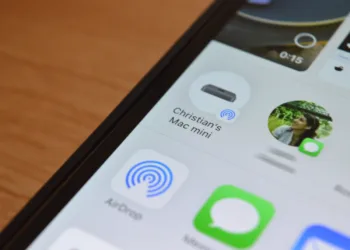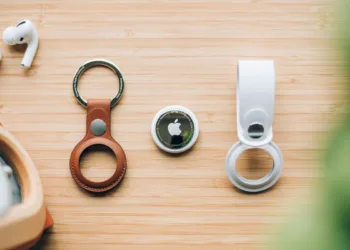The iPhone 16, along with its predecessor, the iPhone 15, includes a feature that allows users to limit charging to 80% instead of the usual 100%. This option is based on the idea that most users don’t necessarily need their device fully charged every day, and doing so could help reduce battery wear, potentially prolonging its lifespan.
But does this theory actually hold up in practice? A partner site of Macworld set out to gather some evidence and conduct a statistical analysis to investigate this question.
If you had to guess the location of the study, you might have a good chance of being right.
The German site Macwelt invited Facebook users to submit screenshots showing their battery health to assess whether they charged their devices to 80% or 100%. The data collection focused exclusively on iPhone 15 users to ensure that they had at least a year’s worth of usage data available.
After analyzing the information, they created graphs that indicated that those who charged their phones to 100% experienced a noticeable decline in battery health after one year.
In true German fashion, they wanted to validate their findings with a statistical test to ascertain whether the differences were significant. The results, as it turns out, were indeed significant.
Using a T-test, a widely used method for testing differences between two groups, the researchers aimed to see if the distinction between charging habits was statistically meaningful. A P-value of less than 0.05 indicates a significant difference between the two groups, while a higher P-value suggests that the charging approach being examined has no impact on the data.
In their analysis, they first used the full set of 102 data points, achieving a P-value of 0.047121 (4.7121%). For a second assessment, they filtered out data points where charge cycles were fewer than 140, since batteries typically don’t show significant aging until after this threshold. With 89 data points remaining, the P-value was calculated at 0.047547 (4.7547%). This indicates that charging practices indeed have a statistically significant effect on battery health and longevity.
That being said, the difference in battery health may not be radical. For those charging to 100%, battery capacity went from 99% of its original state to 98%. In comparison, those charged to 80% saw their capacity decrease from 95% to 93% over the same period.









